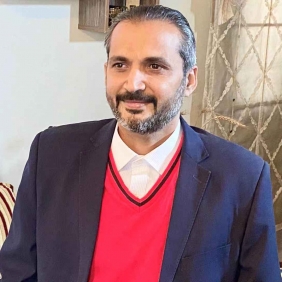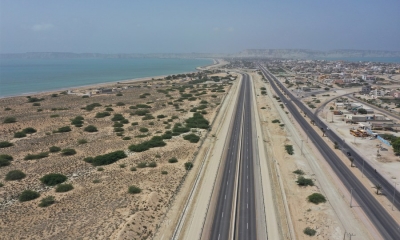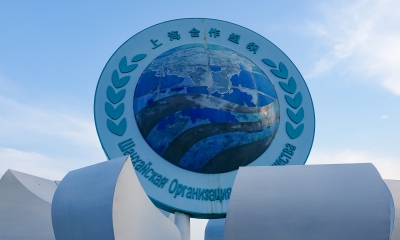G7 $40 Trillion Infrastructure Investment for What: Development or Rivalry?
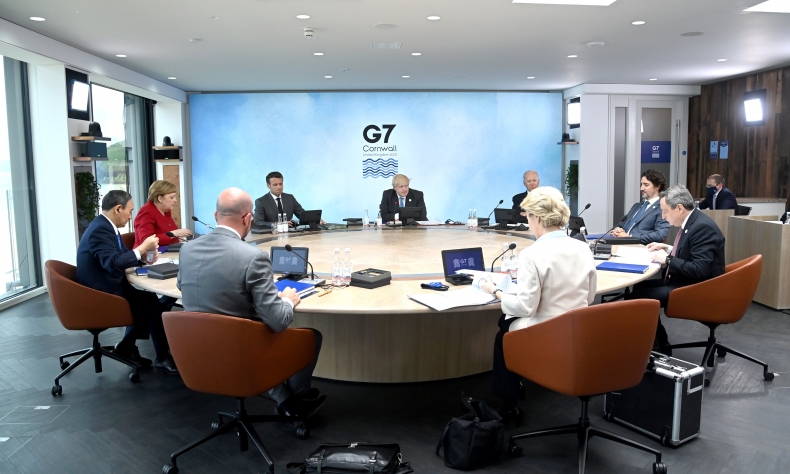
The West is trying to renew the hegemony and it is one of the objectives of B3W, which seems difficult as now world has alternative to the West.
The world is facing an infrastructure gap, which is widening up with every passing year. It is unable to meet the ever-increasing needs of infrastructure. MGI, in 2016 estimated that the world on average needs to invest $3.3 trillion on infrastructure, every year. And there is a gap of $350 billion on yearly basis. It was calculated that the total gap would be $5.3 trillion till 2030. The projections were made without considering the needs of climate change or financial requirements to achieve the targets identified under the Sustainable Development Goals (SDGs). MGI study underlined that the inclusion of SDGs will triple the gap and it would be around $15.9 trillion till 2030.
Global Infrastructure Hub (GIH) in 2020 came up with its own projections. It underscored that the participating countries would be in need of $94 trillion till 2040. The current trends show that the real investment will be around $79 trillion, which means the gap would be around $15 trillion till 2040. GIH made projections on the basis of data collected from 56 leading countries. It did not include other developing and least developed countries. It is quite unfortunate that they were ignored in the study and also are not the part of the planning. The world’s leading developed countries are negotiating hard to find a solution for themselves and giving least to the needs of poor countries. It is against the spirit of the slogan of SDGs “Leave No One”. It is common and an accepted fact that less developed and poor countries are in dire need of investment. They need investment to not only improve the infrastructure but also bring out people from the poverty trap.
China realized the worrisome situation and started to engage with less developed and developed equally. China started the concrete efforts much before the SDGs commitments, MGI and GIH projections through policy of Go Global. China in 2013 launched a comprehensive program with the name of Belt and Road Initiative (BRI). China also pitched the “Six 100s” programs to help the countries.

Unfortunately, Chinese investment and programs were not welcomed by the United States and other Western countries. They immediately started anti-investment and anti-China campaigns in one name or other. Now G7, the seven leading Western countries proposed its own program with the name of Build Back Better World (B3W). G7 defined core principles B3W as: 1) values driven, 2) good governance and strong standard, 3) climate friendly, 4) strong strategic partnership, 5) mobilizing private capital through development finance and 6) enhancing the impact of multilateral public financing.
They termed it a rival program to BRI and Chinese investment. One wonders, how it will be rival to BRI or China investment? Does it have instruments which can qualify the statement? The birds eye view suggest that the answer will be no. First, it is a well-documented fact that 56 countries including G7 needs $94 trillion for infrastructure till 2040. It is required just to support the business-as-usual model and trends of development. Thus, B3W’s $40 trillion will not be able to meet the needs of leading countries, leave alone other countries. American Society of Civil Engineers in 2021, highlighted that US will be facing a gap of $2.6 trillion in next 10 years to meet the needs of investment in infrastructure.
Inclusion of developing and least developed countries will further complicate the situation. For example, the World Bank in 2014 highlighted that South Asia would be in need of $2.5 trillion till 2024 to meet the development goals. Independent experts concluded that South Asia was not able to invest the required financial resources to support the business-as-usual model. Owning to lack of ability to generate required resources it is expected that the needs would have been further increased. The major contributing factors are lower development and higher population growth. COVID-19 has further aggravated the situation.
Second, B3W is exclusive in nature, as it has been designed to counter China’s rise. I am unable to understand how the world will sustain growth by excluding the second largest economy of the world. China also happens to be largest trader and market of the future. Domestic consumption market is on expansion mode and it was estimated that around 600 million people will join the middle class till 2049 and existing middle class would have been graduated to upper class. It presents huge potential not only to China but also to the world.
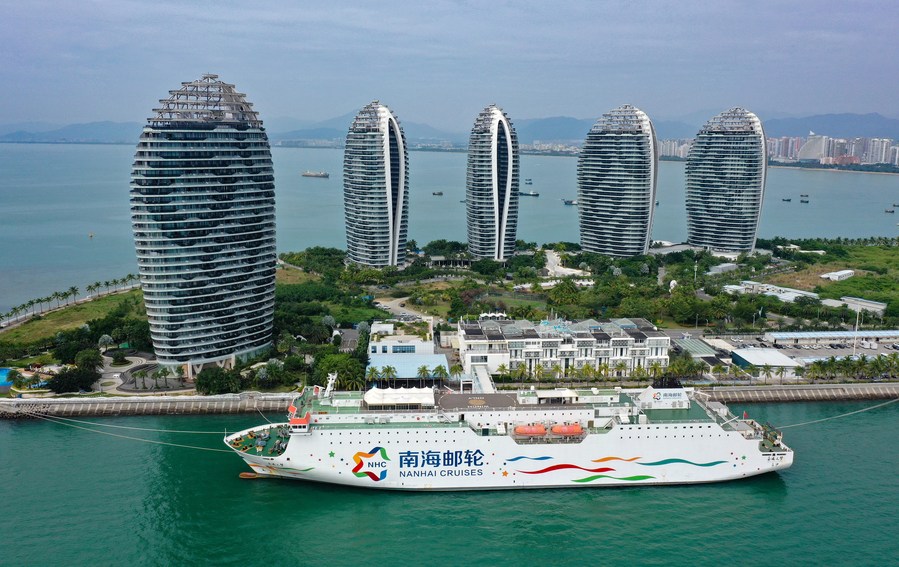
Third, B3W is not first rival program. The United States has already launched a program with the name of Better Utilization of Investment Led to Development (BUILD). It was designed with a single goal to counter China. Washington promoted the program with the hope that private sector will chip in and lead the way. However, it did not happen. Australia also launched an initiative of Pacific Fund of $1.46 billion for the pacific countries. It was aimed to counter the Chinese investment in Pacific countries. Japan and India formulated Asia-Africa Growth Corridor—again the only goal was to undermine the Chinese investment. It was propagated with much pump and show but could not deliver on any front. It is an excellent initiative in theory but no practical actions.
Apart from these facts, it is extremely important to highlight here that in the past the West developed by exploiting the less developed countries. Western countries colonized Asian and African countries and looted their resources. Second, they treated indigenous people cruelly and showed inhuman behavior. They did not even hesitate to go for genocide of indigenous people. Red Indians in the US and Aboriginal people in Australia are still suffering. The UK, being the superpower at that time, exploited the sub-continent to the extreme and looted its resources. France did not leave any stone unturned to exploit the African countries. Still many African countries are facing hardships due to France.
However, the circumstances have been changed and there is no space for colonization. By keeping in mind realities, the West have invented new tools and means to keep control over resources. They erected the Bretton Wood system which helped them to maintain control. China has challenged the hegemony of the West with better alternatives. The West is trying to renew the hegemony and it is one of the objectives of B3W, which seems difficult as now the world has alternatives to the West.
In this context, the pertinent questions would be, will B3W be successful? Yes, it can be, if G7 tries to build cooperation with China. For that purpose, first of all the G7 will have to abandon the words of “rival” or “countering”. They need to look for ways to build connections with the BRI and other initiatives. Second, they need to accept the reality that China is now a leading global power. China cannot be singled out, as it has its own sphere of friends. Lastly, they need to realize that the hegemony of the West cannot prolong anymore. So it had better to live with new dynamics rather than beating the drum of past.
In conclusion, the world needs cooperation not rivalries, as the world is facing multiprong challenges. On top of everything, climate change has threatened the very existence of the earth. Thus, the world needs to cooperate. It is pertinent to mention here that China is ready to cooperate. President Xi advocated for it many times, as he believes in that the world is a community and we share resources and future. Thus, he presented the idea of “a community with a shared future for mankind”.
The article reflects the author’s opinions, and not necessarily the views of China Focus.
Copyedited by Liu Xiaomin
 Facebook
Facebook
 Twitter
Twitter
 Linkedin
Linkedin
 Google +
Google +



